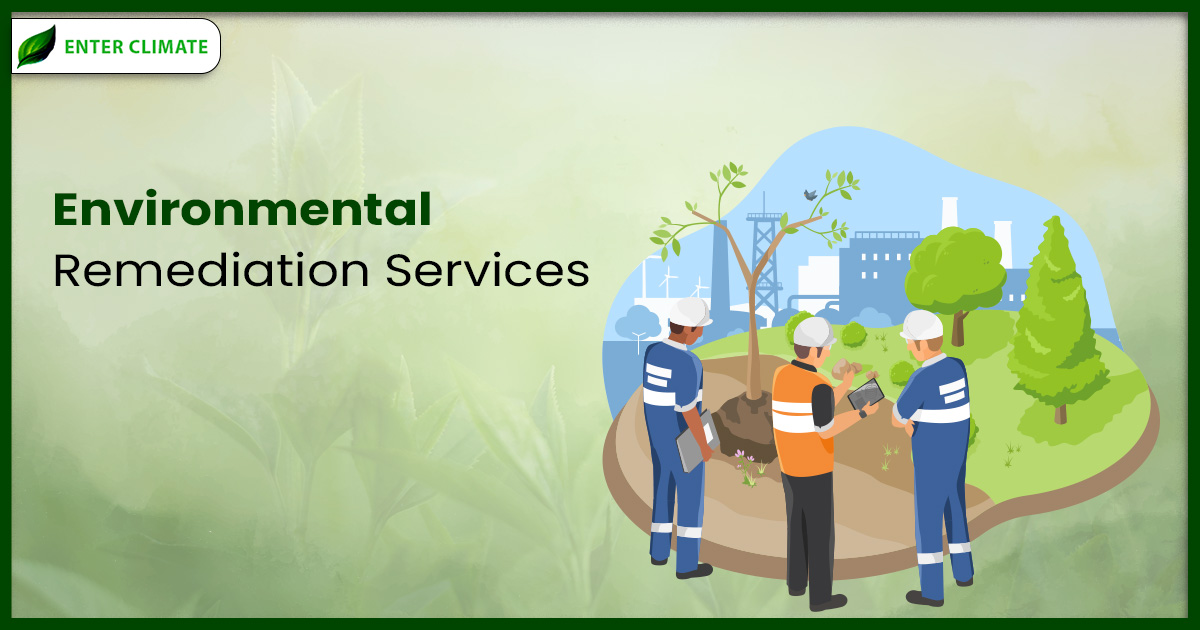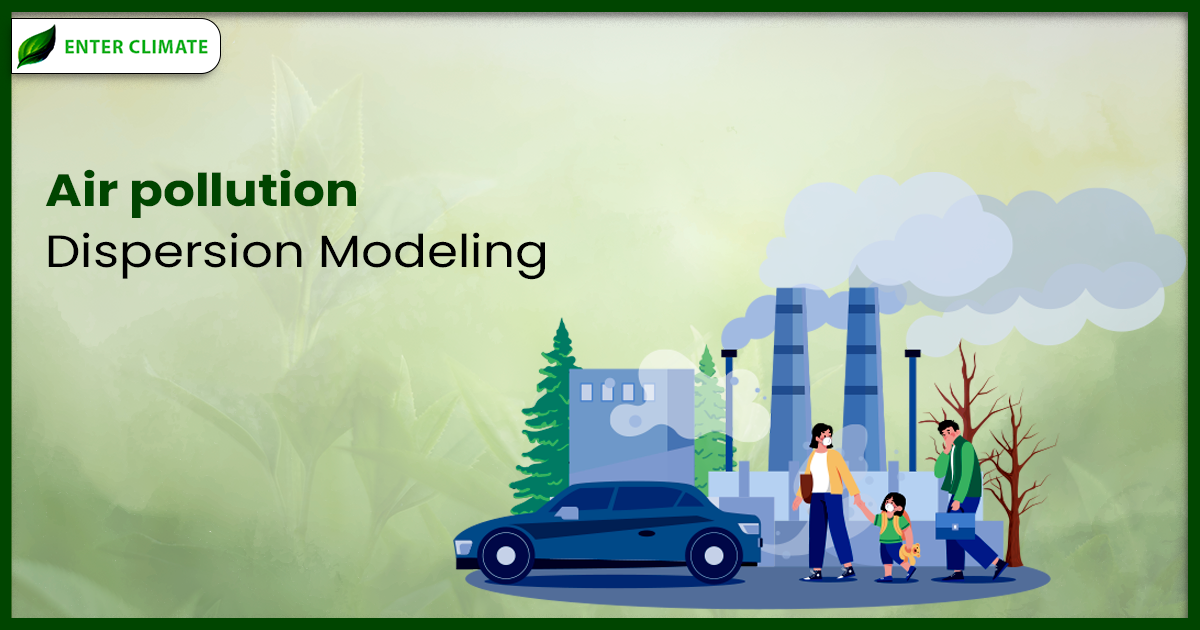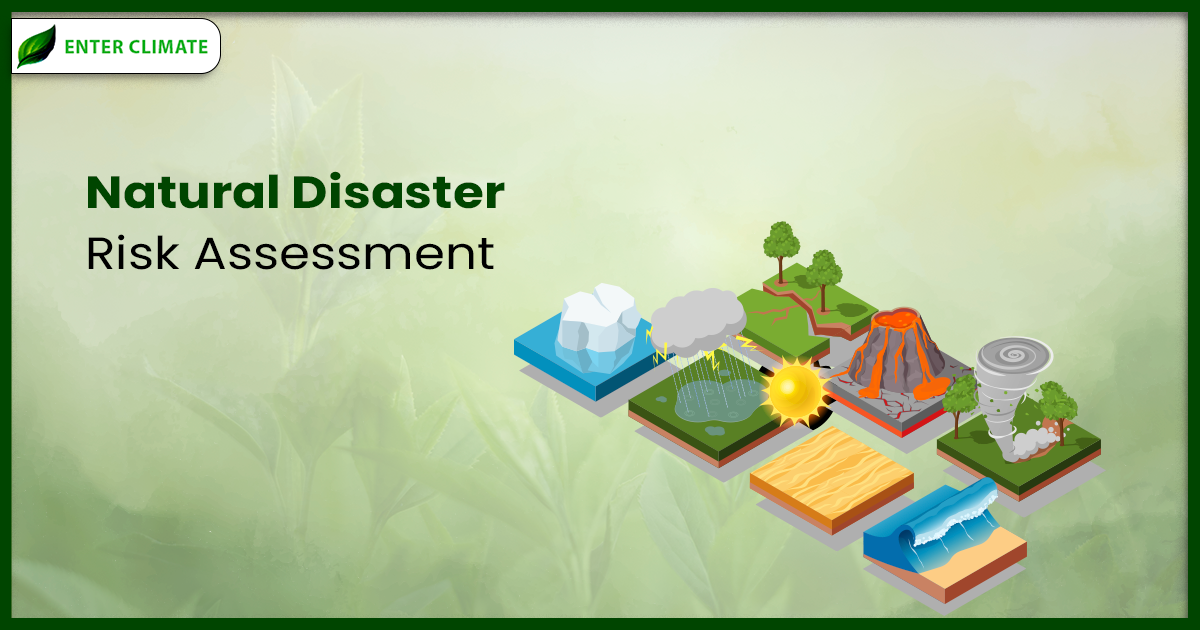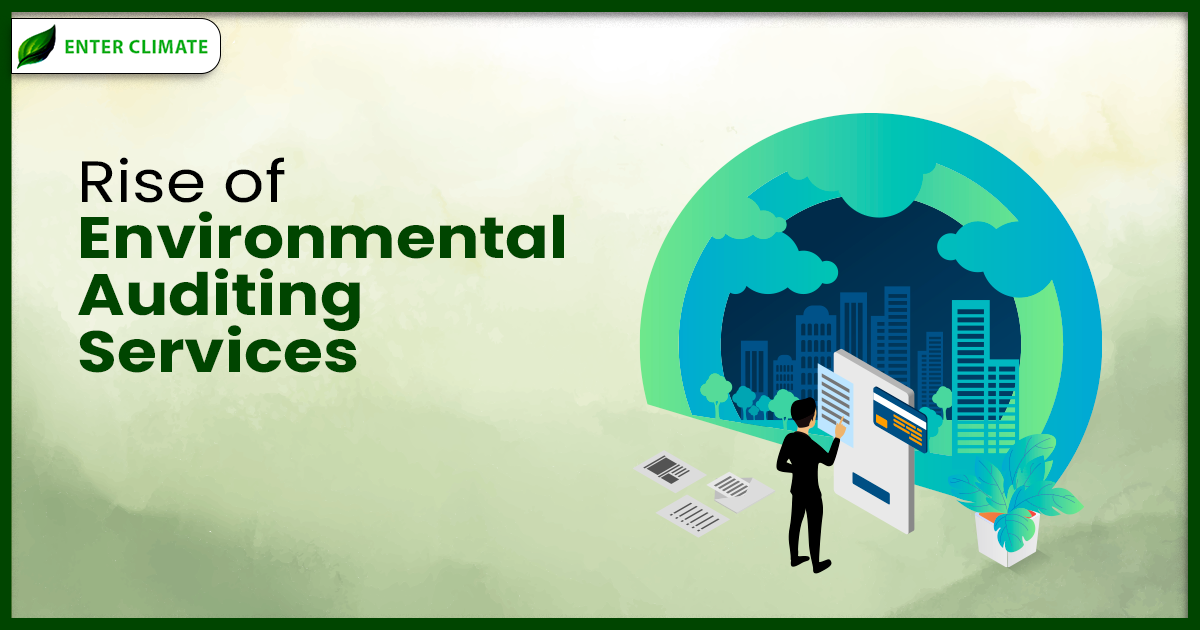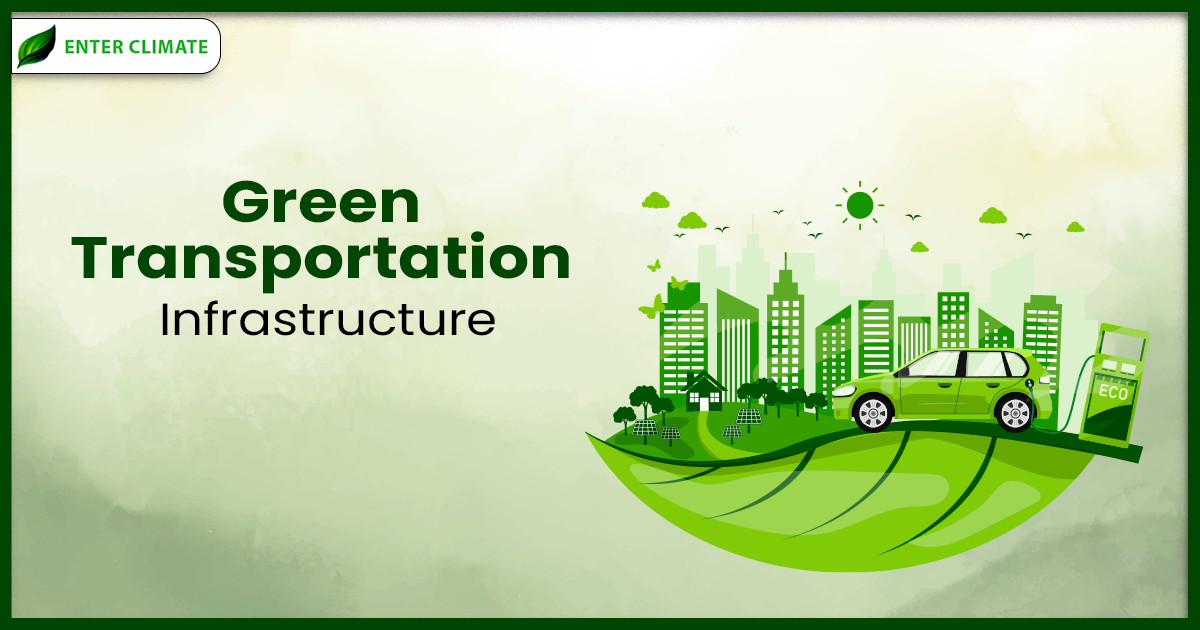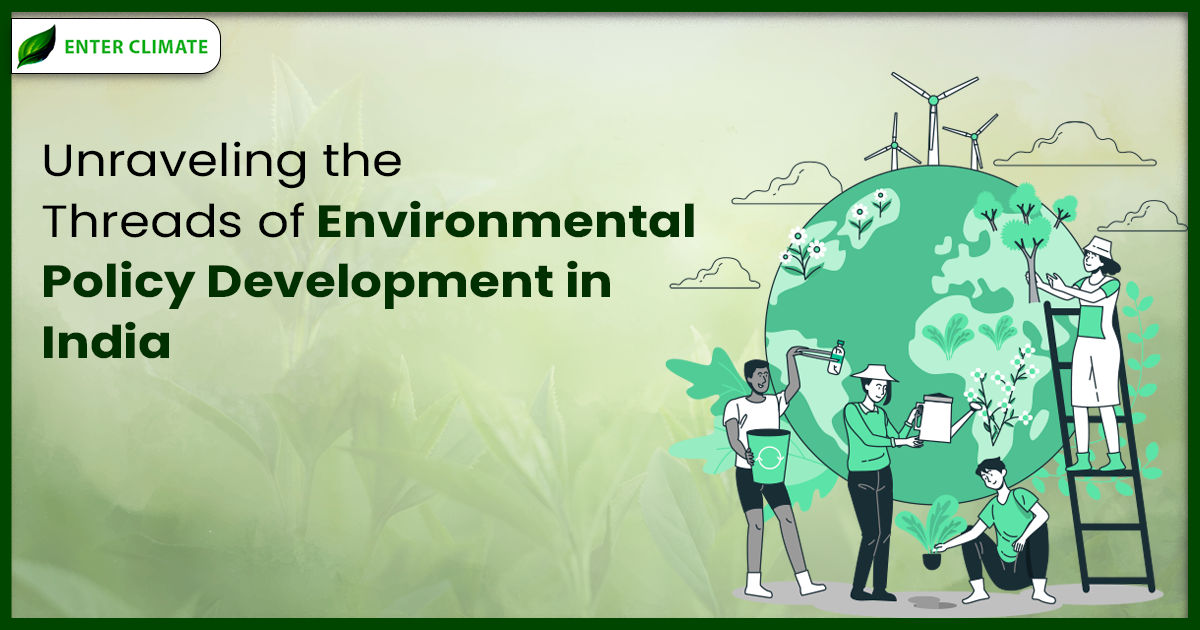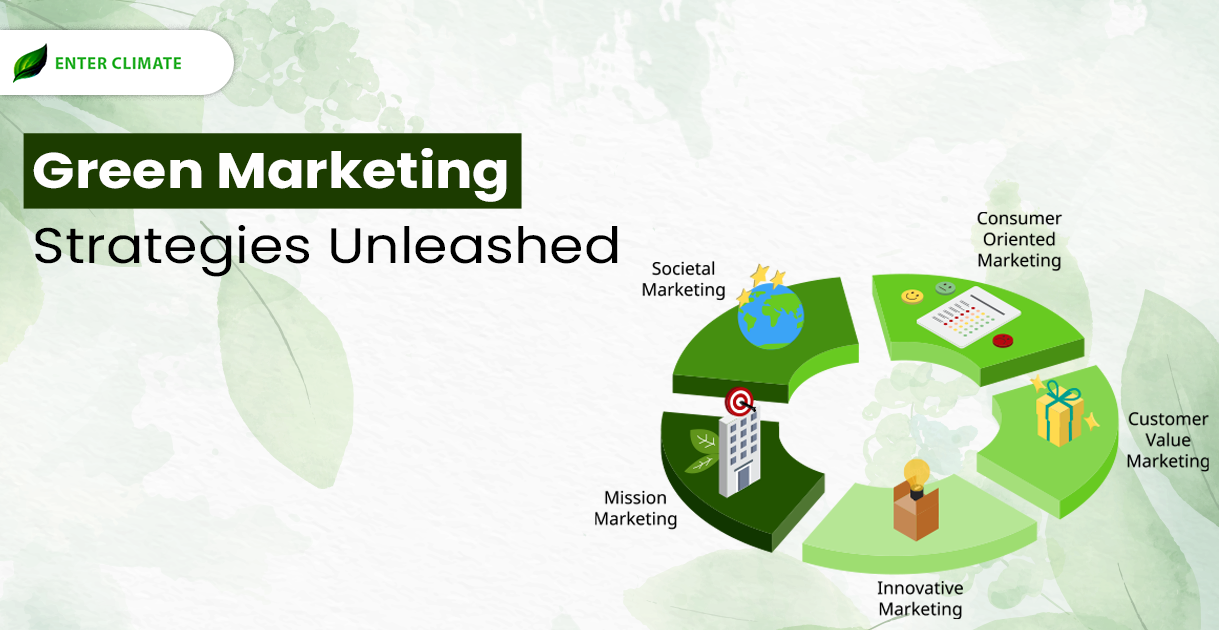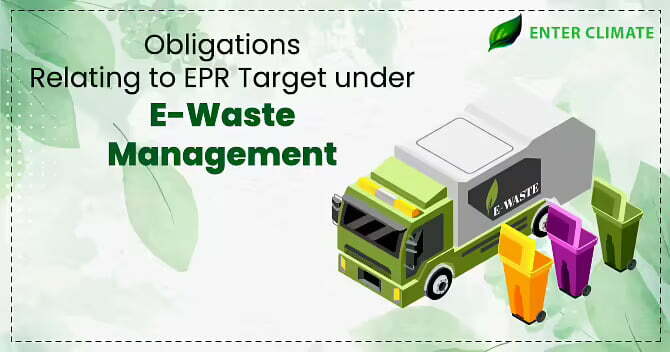Eco-friendly Construction Material Businesses in India: An Overview
 03 Sep, 2022
03 Sep, 2022 
One might wonder how a construction material business can be polluting or how construction can be sustainable. When we think of construction material, the images of the cement industry, brick kilns, stone crushers etc., come to mind. Most of these industries are heavily polluting. But technological advancement in this sector has introduced new eco-friendly construction material businesses that are not only eco-friendly alternatives to conventional building material businesses but also help recycle waste from the economy. Many such businesses have devised innovative ideas to use agricultural, plastic, and industrial waste by converting them into strong and durable alternatives. Eco-friendly Construction Material businesses focus on minimum use of new resources and provide recycled or totally new materials to be used in projects like infrastructure development or repair of existing infrastructure. It may be a combination of natural and man-made materials with the least embodied energy and also lead to the use of renewable resources. Such alternatives include wood chippings, recycled plastic, bamboo, bales, clay, natural fibres, etc. These businesses have gained a lot of traction in the construction material industry because the manufacturing units for green and sustainable alternatives are viewed as a sustainable approach toward infrastructure development. In this article, we will go through the upcoming business that are using innovative and popular ideas to produce construction materials and also discuss the scope of these businesses. This piece will also help you get an overview of the legalities of setting up such businesses.
Examples of Eco-friendly Construction Material Businesses
Engineered Wood Manufacturing Business
Engineered wood uses wood scraps and small pieces to produce framing comparable to or even more robust than natural logs. Such alternatives help the builder use less wood in the structure. Many treatments and construction techniques are available, like cordwood placement, acetylation, etc., which are both eco-friendly and aesthetic.
Substitute for: plywood and timber
Advantages
- reduces the burden of forests for timber
- Strong and durable nature
- Aesthetic appearance
Plastic and Vinyl Composites manufacturing
Materials like plastic & vinyl compounds are recycled and combined with other materials to create various composites that impart stiffness and strength. Such composites have a longer life and demand low maintenance. Today, materials like bioplastics and biocomposites, and other plant-based building materials are also on the rise as an eco-friendly construction material business.
Substitute for: plastic composites made from traditional materials
Advantages
- Helps in reducing trash and aids in recycling.
- It can be engineered to provide specific performance characteristics.
- Offer design flexibility, good vibrational damping, and resistance to fatigue and temperature extremes.
Natural Fibres, Polyurethane and CelluloseInsulation manufacturing
Fibreglass insulation is generally not an eco-friendly material because it typically contains a toxic binding agent and is very energy-intensive to make. Alternatives to eco-friendly construction material business using materials such as natural fibres, cellulose fibres etc., are in demand. They are made from recycled paper or natural fibres like cotton and wool. Spray-on polyurethane foam can offer the highest insulation for a given thickness and eliminate air leakage. These alternatives are relatively inexpensive, with costs similar to fibreglass.
Substitute for: fibreglass
Advantages:
- Eco-friendly, light, and retains heat better.
- It can be used with phenolics, polyester, polystyrene, polyurethane, and other polymer matrixes.
Structural Insulated Panels (SIPS) Manufacturing
These panels consist of foam insulation sandwiched between 2 sheets of oriented strand cardboard (OSB) of size 4’ x 8’ and can go up to 24’ x 8’.SIPS are large panels typically made in factories. They have extraordinary air sealing and insulation properties. Some drawbacks of these types of eco-friendly construction material businesses include expensive installation processes and low fire resistance.
Substitute for: traditional framing lumber and insulation
Advantages:
- Strong and Durable (can handle dead loads of about 10 pounds per square foot (PSF) and live loads up to 70 PSF)
- can span by as much as 18 feet without any additional support.
Natural Clay PlasterBusiness
The commonly used gypsum plasters have a low shelf life, do not perform well against water and are costly too. Natural clay plaster is green and a better alternative and, when paired with good workmanship, can provide a beautiful earthy finish to interiors. Clay is non-toxic, biodegradable, absorbs moisture, keeps humidity at bay and naturally regulates room temperature. Upcoming businesses today are using unfired clay blends and mixing them with minerals and pigments. This provides a healthy, breathable finish for internal walls and ceilings.
Substitute for: Plaster of Paris
Advantage:
- Free of toxins, polymers, VOCs, formaldehyde and plastics.
- Minimal carbon footprint.
- Creates breathable walls and has an aesthetic appearance
Eco-friendly TilesManufacturing
Manufacturing ceramic tiles generate many environmental hazards in the process that causes damage to the environment as well as human health. Nano and ultrafine particles released by such industries cause many respiratory problems to workers and the nearby population. Ceramic tiles have been in use due to a lack of durable alternatives. Eco-friendly construction material businesses like those manufacturing terrazzo tiles have been on the rise. These are made from scraps of marble, quartz, granite, and glass bound with cement and not only have the same quality and durability but are becoming a popular substitute for glazed tiles. Other alternatives include concrete tiles, Athangudi tiles, terracotta tiles, Cuddahpah, and yellow sandstone.
Substitute for: Ceramic tiles
Advantage: Do not use chemicals during the process of manufacturing and glazing
Insulated concrete forms (ICF) Manufacturing
Insulating concrete forms result in concrete walls sandwiched between two layers of insulation material. These systems are sturdy and energy efficient. Typical applications for this construction method are low-rise buildings, with property uses ranging from residential to commercial to industrial construction.
Substitute for: timber used for making wooden frames
Advantages
- Energy-efficient manufacturing Process
- Safe & Disaster resilient
Regulations and Laws related toEco-Friendly Construction Material Businesses
Green Building Laws: Green building codes in our country are voluntary, as India does not have an effective and comprehensive green building code. Though many corporate entities and government agencies are now focussing on making their building greener by using eco-friendly substitutes in the construction process.
CPWD Sustainability Index: This index consists of 12 parameters with varying weightage and is rated on a total of 100 points. Emphasis on LEEDS and GIRHA rating system is also given. A material performing better in this index will automatically be popular and, therefore, in demand. The index includes parameters such as recycled content used, embodied energy, local availability of raw material, fly ash content, toxicity etc.
Licences and Permits needed for Eco-friendly Construction Material Business
Business Registration Certificate
Incorporating an eco-friendly construction material business gives the business a legal Identity. The steps in obtaining this process include Acquiring a Digital Signature Certificate and DIN. Then the account must be made on the MCA portal, and finally, the company registration application is made.
Consent NOC from Pollution Control Board
Every eco-friendly construction material business must obtain Consent for discharging industrial effluent and air emissions. The NOC is given at two stages, Consent to establish(CTE), which is the initial permission from the concerned SPCB for starting the business, and second is Consent to operate (CTO), which is the NOC required by a business before its operation begins. While Consent to establish is provided keeping in mind various aspects related to pollution control enlisted in law, CTO is required to be obtained so that the authorities can keep a check on the level of pollution spread by the business.
Documents Required
- Duly filled Application Form of concerned SPCB
- Signed Undertaking
- Site Plan with the roadmap
- Detailed Project Report and total investment.
- Details of point sources of air emission, effluent discharge or hazardous waste etc.
- Details of the manufacturing process, including a list of machines, the capital cost (land, building, and plant machinery), water balance, source of water, and its required quantity
- Land documents such as rent /lease agreement
- Industry Registration Documents.
- Consent fee (as applicable)
- Balanced Sheet Certified by a CA
- Laboratory analysis report of the trade effluent and emissions.
- Copy of any environmental clearance or other permission required from the State Government.
- Any other Document specified in the application form
MSME Registration: A micro, small or medium-scale eco-friendly construction material business can obtain anUdyam registration to ease the setup of the business. The government has now launched a new process for registering MSMEs[1]. Udyam registration is essential for availing schemes or programs of the Ministry of MSME, like Credit Guarantee Scheme, public procurement policy, additional edge in Government Tenders and protection against delayed payments, etc.
Additional Licences Needed for Eco-friendly Construction Material Business
- Factory’s Licences
- GST Registration
- Fire No Objection Certificate
Conclusion
The industries manufacturing cement, bricks, and plywood are hurting our environment. The cement manufacturing units are one of the most significant contributors to GHG emissions. Recent research has shown that to produce 1 kg of cement, 1 kg of GHG is released. Many of these industries fall under red or highly polluting and need environmental clearances. The plywood industry causes air, water, noise and soil pollution. Bricks are manufactured in brick kilns that emit very harmful gases, affecting human health and the environment. Eco-friendly construction material businesses use greener alternatives and sustainable building technologies to give conventional materials intense competition. Coupled with the fact that big corporates dominate businesses in traditional construction, the struggle in sustainable construction material business is less. Construction, infrastructure development and housing and other building and repair activities will never end and cannot be put to a pause. Many development projects nowadays advertise the sustainable foundation of their projects by using green materials. Many entities attract popularity by substituting some construction materials with green and eco-friendly alternatives. Whatever the case may be, recent trends have proven that Eco-friendly Construction Material businesses are here to stay. These businesses have a vast scope of growth as their demand is bound to increase.

